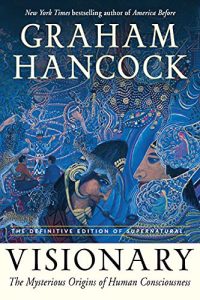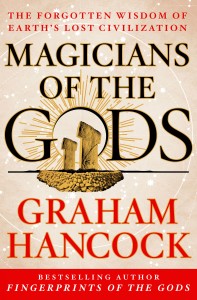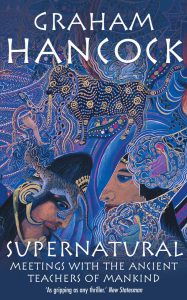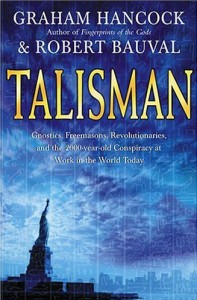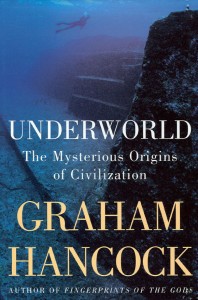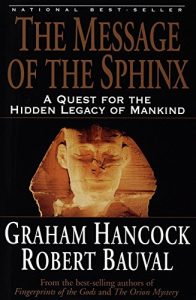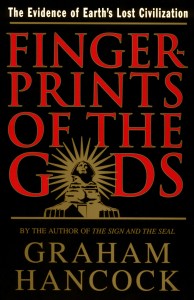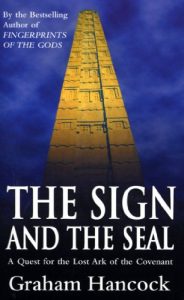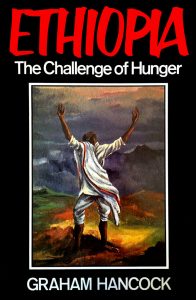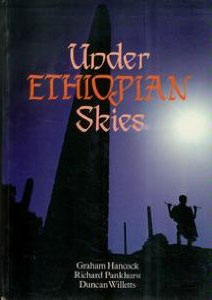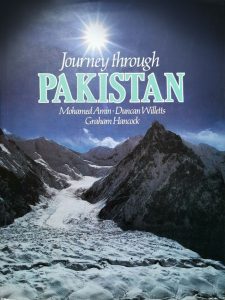African Ark: Peoples of the Horn (1990)
by Graham Hancock, Angela Fisher (Photographer) & Carol Beckwith (Photographer)

From Publishers Weekly
Two talented photographers focus on the Horn of Africa–an “ark” that shelters an astonishing variety of landscapes and human societies. Starting with the Christian Amharas of Lalibela and Axum and the Falashas of Lake Tana, they complete an arc that takes them to the seacoast of Eritrea, Djibouti and Somalia, as far south as Lamu in Kenya, and finally to the remote peoples of the Southeast who still engage in stick fighting, body painting, scarification and the wearing of lip plates. Other handsome peoples they depict include the desert-dwelling Afar, Beja and Rashaida, the Somali nomads of Ogaden and the ecstatic Oromo (formerly Galla) pilgrims of the Bale Mountains. As in Beckwith and Fisher’s previous, award-winning books ( Maasai and Nomads of the Niger ), their magnificent color photos (240 of them here) are the glory of this beautifully designed volume. Hancock’s ( Ethiopia ) useful if uninspired text covers indigenous societies, cultures, crafts, religions, sacred places, dances, and cycles of life and death.
From Library Journal
Beckwith and Fisher’s visually stunning pictorials of African cultures (they have worked separately on earlier books about the Masai and Fulani) combine beautiful photos of people and objects with easy-to-read explanatory texts sprinkled with charming line drawings. Joining forces here, with the literary assistance of journalist Hancock, they focus on probably the least understood and most “exotic” African region. Each chapter covers a different people among Ethiopia’s remarkably diverse cultures: Coptic Christians, Falasha Jews, Somali Moslems, and traditional animists. Lacking an index and extensive bibliography, the book’s value as a research tool is limited, yet as visual documentation of little-known cultures and art forms it is strongly recommended.
– Eugene C. Burt, Seattle






